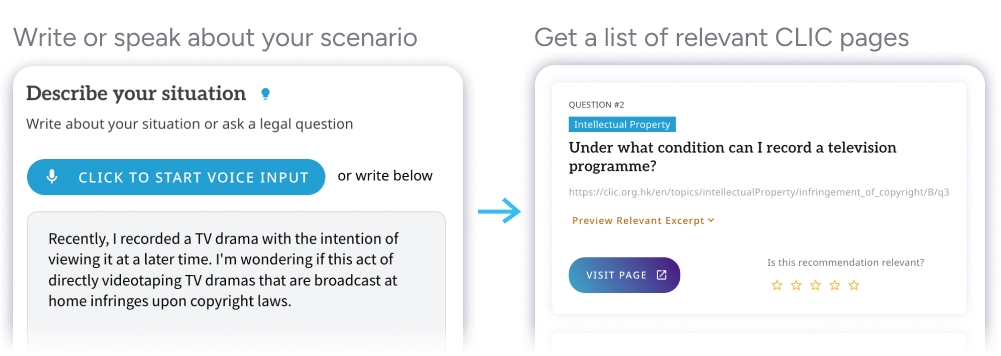1. I let a property on 1 July 2022 for $30,000 per month. Rates for the 3 quarters to 31 March 2023 paid by me amounted to $12,000. How is Property Tax computed for 2022/23? Do I have to pay Provisional Property Tax for 2023/24?
1. I let a property on 1 July 2022 for $30,000 per month. Rates for the 3 quarters to 31 March 2023 paid by me amounted to $12,000. How is Property Tax computed for 2022/23? Do I have to pay Provisional Property Tax for 2023/24?
| $ | |
| Rent for 9 months ($30,000 x 9) | 270,000 |
| Less: rates paid by owner | (12,000) |
| 258,000 | |
| Less: 20% allowance for repairs and outgoings | (51,600) |
| Net assessable value (NAV) | 206,400 |
| 2022/23 Property Tax @15% | 30,960 |
Calculation of Provisional Property Tax for 2023/24 is based on the NAV for 2022/23, but grossed up to 12 months, as follows:
| $ | |
| Estimated NAV ($206,400 [see above] x 12 / 9) | 275,200 |
| 2023/24 Provisional Property Tax @15% | 41,280 |
You will receive a Property Tax demand note that carries two components:
| $ | |
| 2022/23 Property Tax | 30,960 |
| 2023/24 Provisional Property Tax | 41,280 |
| Total tax payable | 72,240 |



 Print
Print Email
Email
